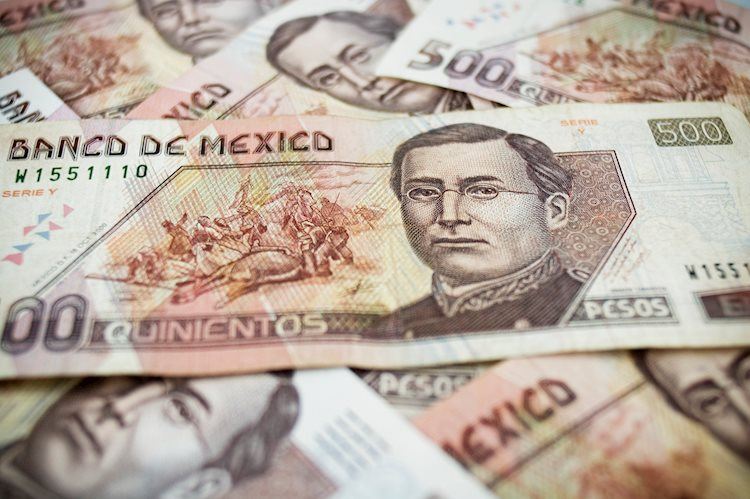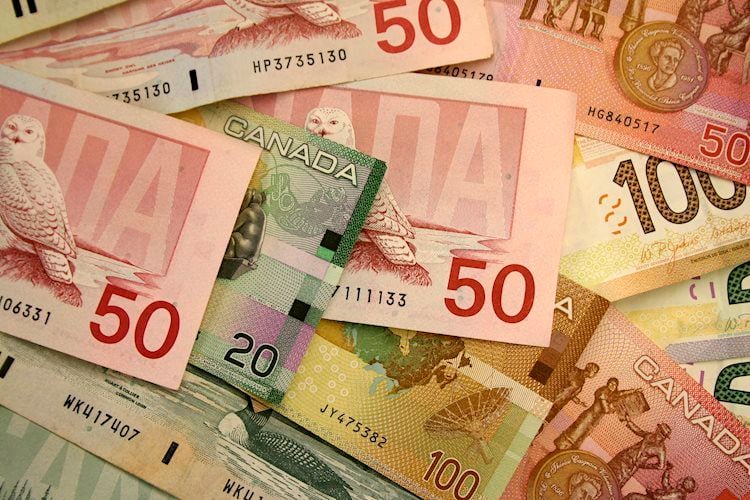The German Government transferred another 3,000 BTC, valued at $174 million, on Thursday.
On-chain data shows positive exchange netflow, and the Taker Buy Sell Ratio declines.
Network Realized Profit/Loss (NPL) data shows an uptick on Wednesday.
Bitcoin (BTC) faced rejection at the daily resistance level of $63,956 on Monday, resulting in a 4.2% decline over the next two days. BTC’s price extends its downward move and falls below $58,000 on Thursday, adding more than 4% losses in the day.
On-chain data indicates whales are taking profits, exchange supplies are increasing, US spot Bitcoin ETFs see outflows, and the Taker Buy Sell Ratio is below one, coinciding with the German Government transferring an additional 3,000 BTC, valued at $172 million, on the same day. This indicates market weakness that may contribute to further price declines in BTC.
According to data from Lookonchain, the German Government transferred 3,000 BTC, valued at $174 million, from its wallet on Thursday. Of this, 1,300 BTC, worth $75.5 million, were transferred to Coinbase, Bitstamp and Kraken exchanges.
Over the past week, German authorities have moved 2,240 BTC worth $142 million to Coinbase, Bitstamp, Flow Traders, and Kraken. This significant transfer activity may have fueled FUD (Fear, Uncertainty, Doubt) among traders, potentially influencing Bitcoin’s more than 4% price decline on Thursday.
On Wednesday, US spot Bitcoin ETFs saw outflows of $20.50 million after $13.70 million on Tuesday. During this period, Grayscale (GBTC) reduced its holdings by 434.62 BTC, while Fidelity’s Bitcoin ETF (FBTC) increased its holdings by 104.63 BTC.
These two consecutive days of decline hint at a mild waning of investor confidence, potentially signaling a temporary dip in Bitcoin’s price. The net inflow data from ETFs is crucial for gauging investor sentiment and understanding market dynamics. Combined, the 11 US spot Bitcoin ETFs currently hold reserves totaling $53.70 billion in Bitcoin.
Bitcoin Spot ETF Net Inflow chart
According to data from Lookonchain, a whale has again deposited 1,800 BTC worth $106 million to Binance at a loss.
Since June 27, this whale has deposited 5,281 BTC, worth $323.2 million, to Binance, resulting in a loss of $20 million.
According to CryptoQuant data, Bitcoin Exchange netflow is the difference between BTC flowing into and out of the exchange (Inflow—outflow = netflow).
In BTC’s case, a positive netflow was recorded on Wednesday; this trend has generally been positive over the past week. This indicates an increased supply of Bitcoin on exchanges and could suggest that traders prepare to sell or trade their Bitcoin, potentially indicating a bearish sentiment as they anticipate lower prices or seek to realize profits.
Bitcoin Exchange netflow chart
On-chain data provider Santiment’s Network Realized Profit/Loss (NPL) indicator computes a daily network-level Return On Investment (ROI) based on the coin’s on-chain transaction volume. Simply put, it is used to measure market pain. Strong spikes in a coin’s NPL indicate that its holders are, on average, selling their bags at a significant profit. On the other hand, strong dips imply that the coin’s holders are, on average, realizing losses, suggesting panic sell-offs and investor capitulation.
In BTC’s case, the NPL indicator rose from 162.58 million to 673.04 million on Wednesday, coinciding with a 3% price decline. This positive uptick indicates that the holders are, on average, selling their bags at a significant profit.
During this event, BTC’s supply on exchanges rose from 936,310 to 938,640 on the same day, and this trend has been rising since late June. This increase in supply indicates that investors are moving BTC to exchanges and increasing selling activity.
Bitcoin Network Realized Profit/Loss and Supply on Exchanges chart
Additionally, the Taker Buy Sell Ratio metric measures the ratio of buy volume to sell volume among takers in perpetual swap trades. Ratios above 1 signify prevailing bullish sentiment, whereas ratios below 1 indicate prevailing bearish sentiment.
In BTC’s case, the Taker Buy-Sell Ratio stands at 0.82, indicating bearish sentiment as traders anticipate a potential asset price decline. This sentiment coincided with Bitcoin’s 3% price decline on Wednesday.
Bitcoin Taker Buy Sell Ratio chart
Bitcoin’s price was rejected by the daily resistance level at $63,956 on Monday and declined 4.2% in two days. At the time of writing, it continues trading down by more than 4% at around $58,000 on Thursday.
If BTC’s price closes below the weekly support level at $58,375, it could decline 3% to revisit its May 1 low of $56,522.
The Relative Strength Index (RSI) and the Awesome Oscillator (AO) on the daily chart support this bearish thesis, as both indicators are below their respective neutral levels of 50 and zero. This suggests continued momentum favoring bears, potentially leading to a further decline in the Bitcoin price.
If the bears are aggressive and the overall crypto market outlook is negative, BTC could extend an additional decline of 8% to revisit its daily support at $52,266.
BTC/USDT daily chart
However, if BTC closes above the $63,956 daily resistance level and forms a higher high in the daily time frame, it could indicate that bullish sentiment persists. Such a development may trigger a 5% rise in Bitcoin’s price to revisit its next weekly resistance at $67,147.
An Exchange-Traded Fund (ETF) is an investment vehicle or an index that tracks the price of an underlying asset. ETFs can not only track a single asset, but a group of assets and sectors. For example, a Bitcoin ETF tracks Bitcoin’s price. ETF is a tool used by investors to gain exposure to a certain asset.
Yes. The first Bitcoin futures ETF in the US was approved by the US Securities & Exchange Commission in October 2021. A total of seven Bitcoin futures ETFs have been approved, with more than 20 still waiting for the regulator’s permission. The SEC says that the cryptocurrency industry is new and subject to manipulation, which is why it has been delaying crypto-related futures ETFs for the last few years.
Bitcoin spot ETF has been approved outside the US, but the SEC is yet to approve one in the country. After BlackRock filed for a Bitcoin spot ETF on June 15, the interest surrounding crypto ETFs has been renewed. Grayscale – whose application for a Bitcoin spot ETF was initially rejected by the SEC – got a victory in court, forcing the US regulator to review its proposal again. The SEC’s loss in this lawsuit has fueled hopes that a Bitcoin spot ETF might be approved by the end of the year.
Share:
Cryptos feed
Information on these pages contains forward-looking statements that involve risks and uncertainties. Markets and instruments profiled on this page are for informational purposes only and should not in any way come across as a recommendation to buy or sell in these assets. You should do your own thorough research before making any investment decisions. FXStreet does not in any way guarantee that this information is free from mistakes, errors, or material misstatements. It also does not guarantee that this information is of a timely nature. Investing in Open Markets involves a great deal of risk, including the loss of all or a portion of your investment, as well as emotional distress. All risks, losses and costs associated with investing, including total loss of principal, are your responsibility. The views and opinions expressed in this article are those of the authors and do not necessarily reflect the official policy or position of FXStreet nor its advertisers. The author will not be held responsible for information that is found at the end of links posted on this page.
If not otherwise explicitly mentioned in the body of the article, at the time of writing, the author has no position in any stock mentioned in this article and no business relationship with any company mentioned. The author has not received compensation for writing this article, other than from FXStreet.
FXStreet and the author do not provide personalized recommendations. The author makes no representations as to the accuracy, completeness, or suitability of this information. FXStreet and the author will not be liable for any errors, omissions or any losses, injuries or damages arising from this information and its display or use. Errors and omissions excepted.
The author and FXStreet are not registered investment advisors and nothing in this article is intended to be investment advice.




